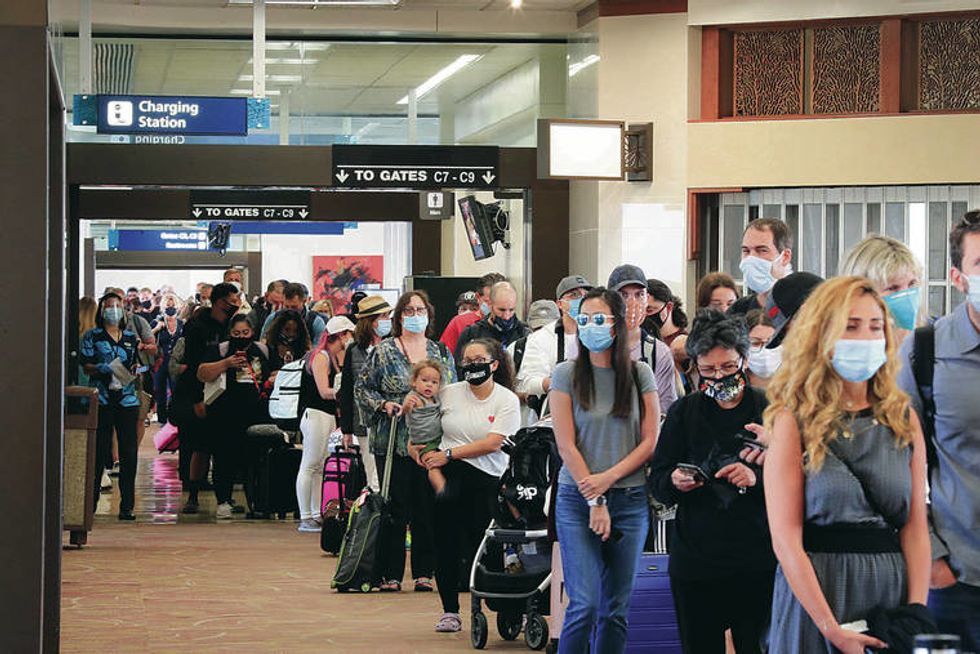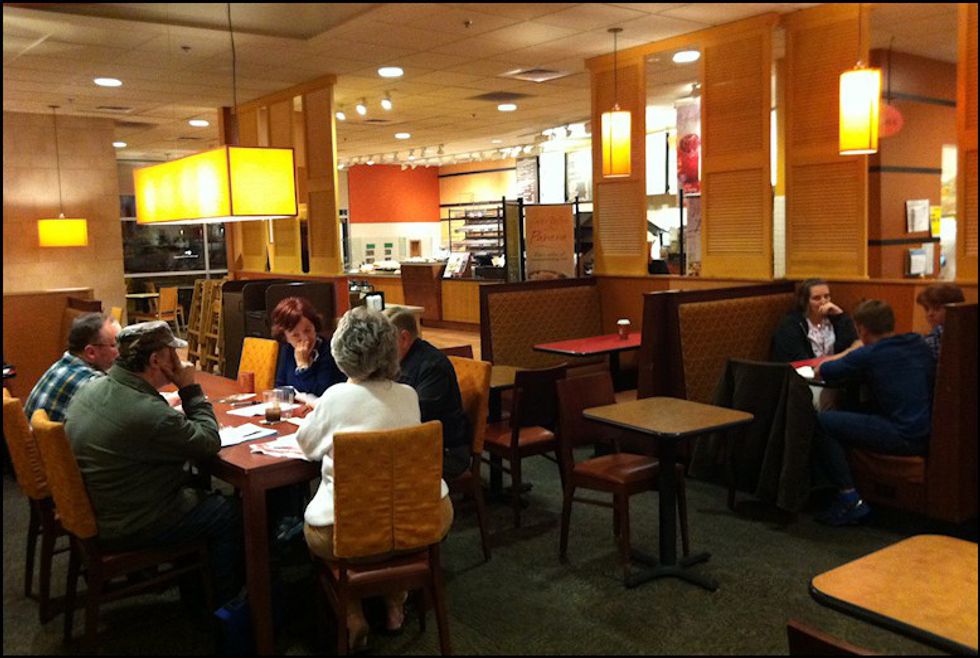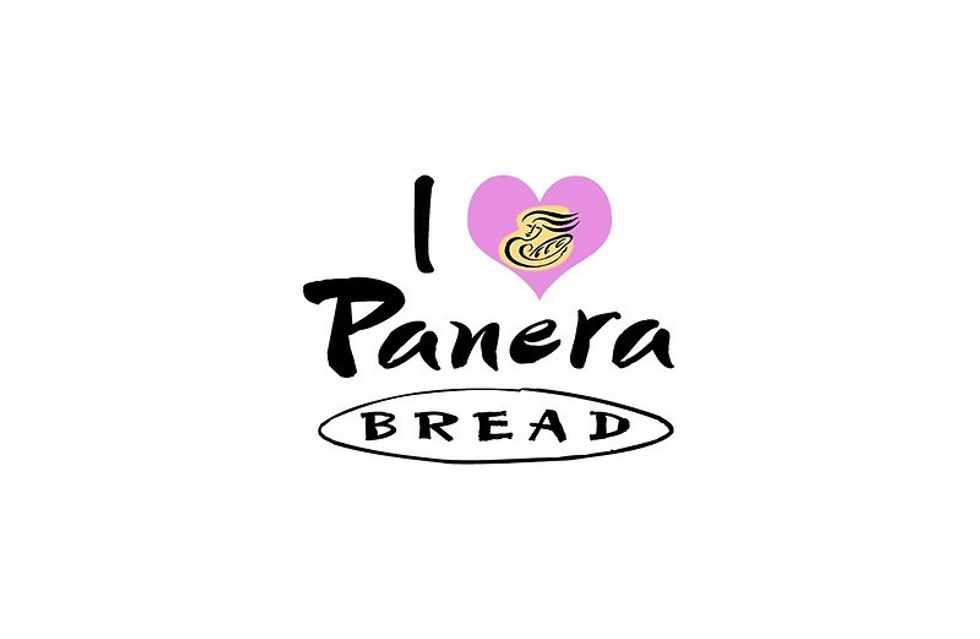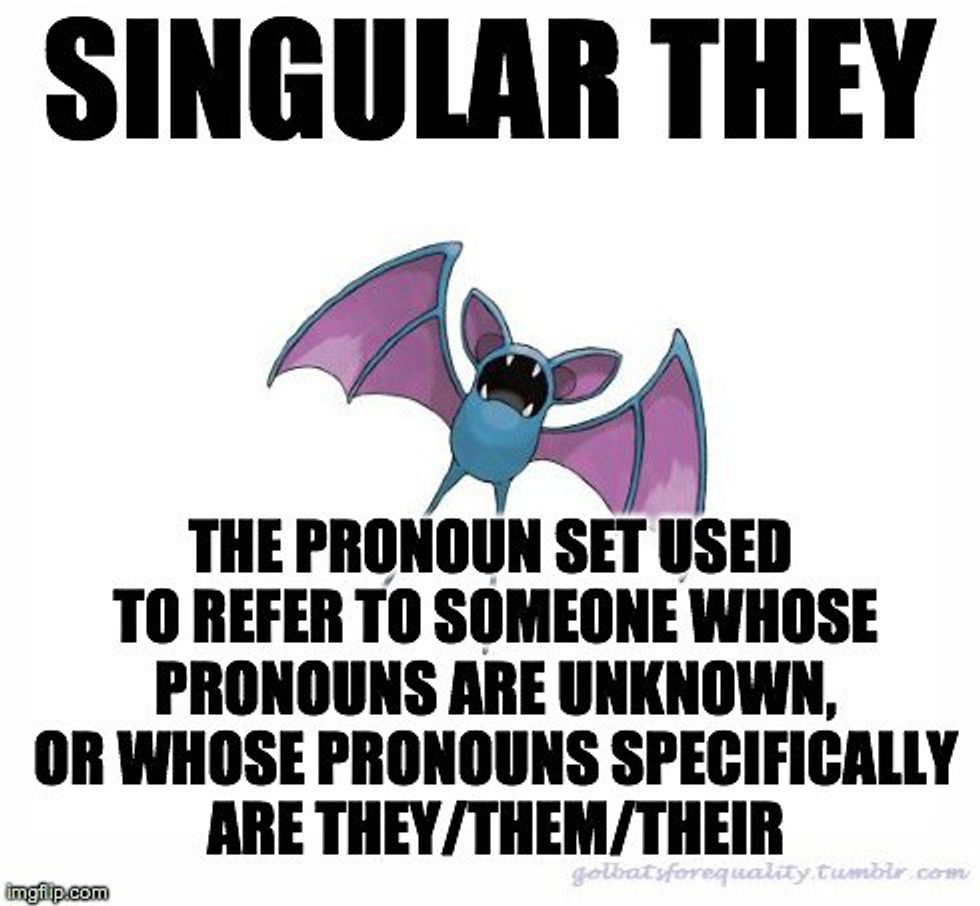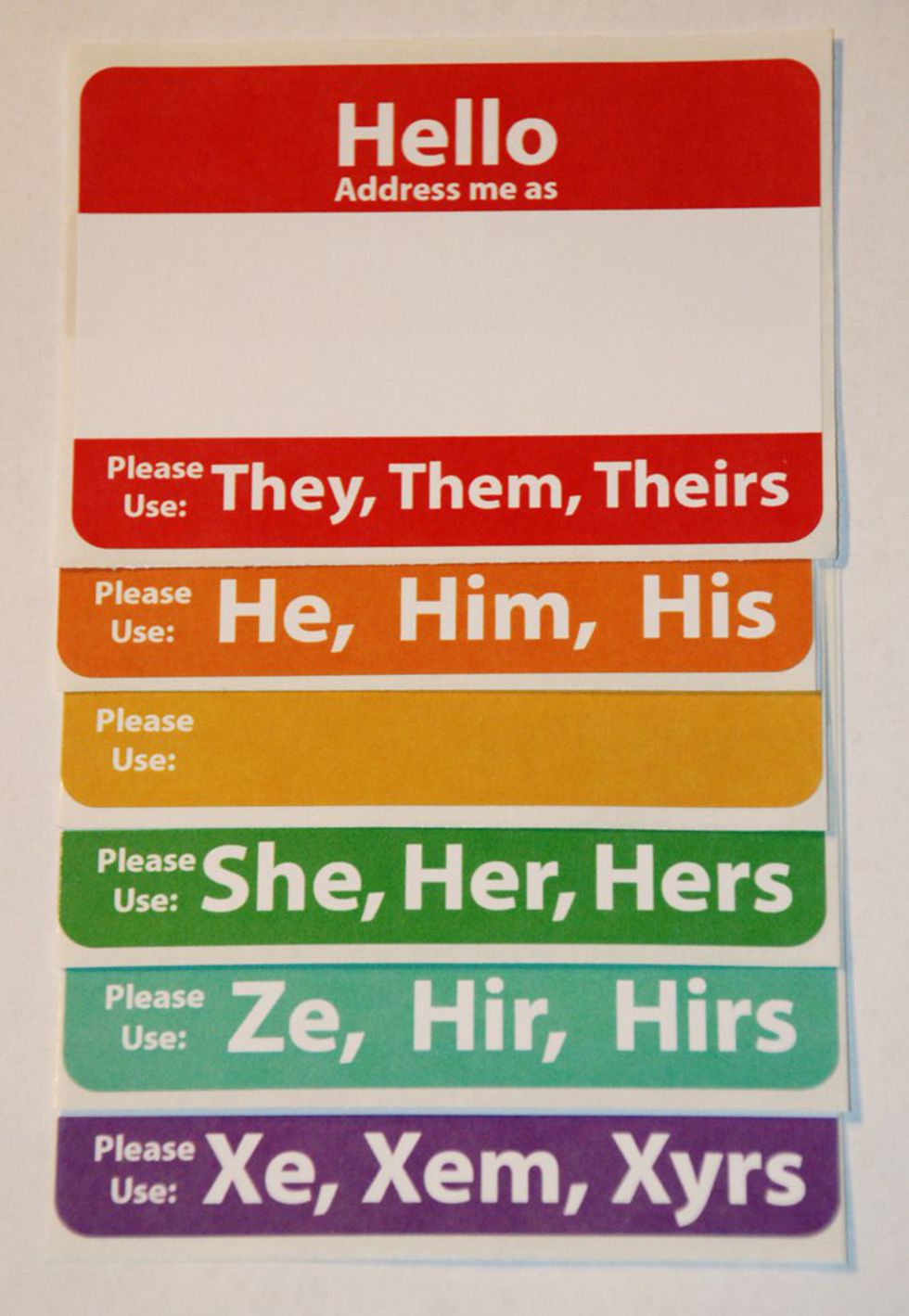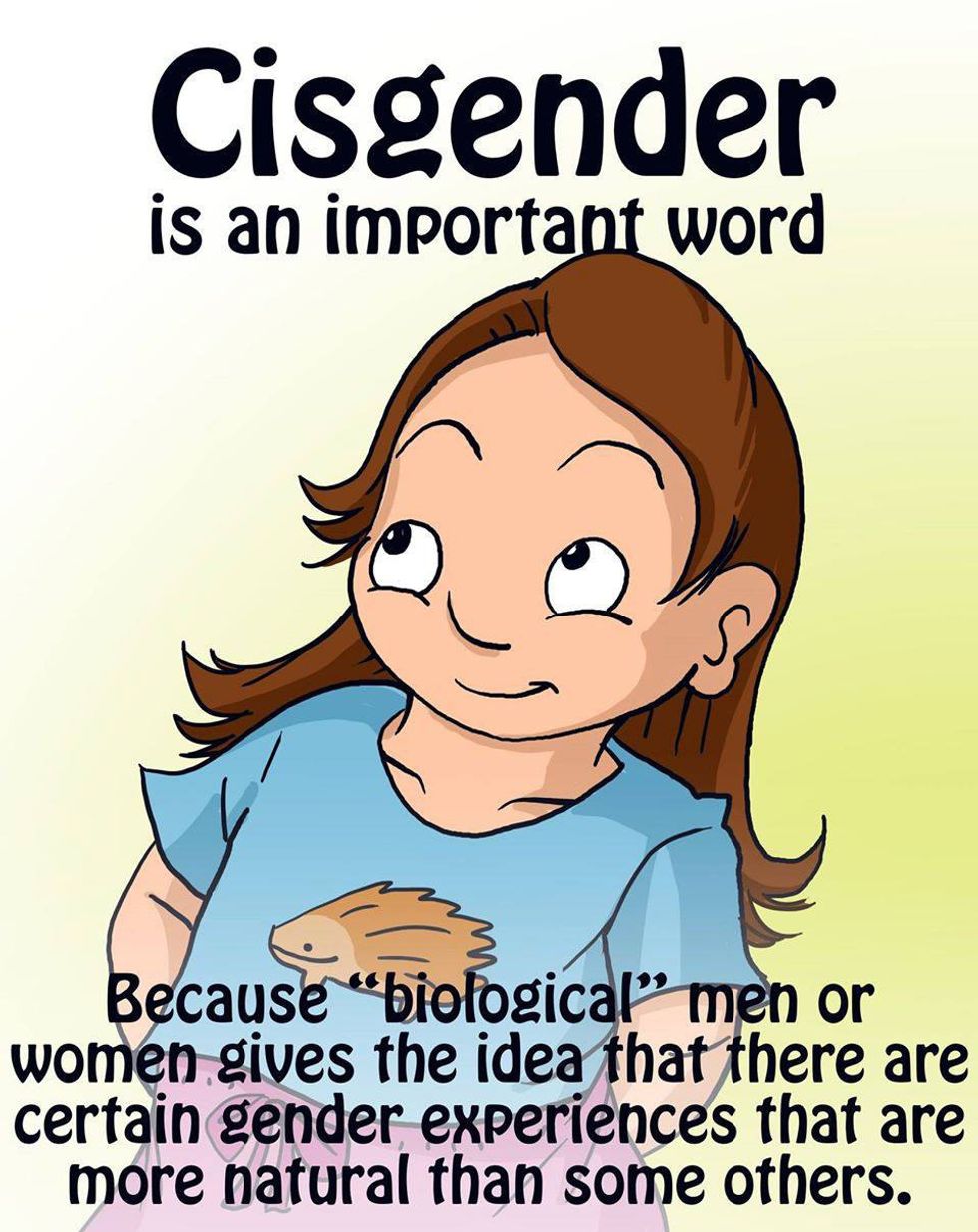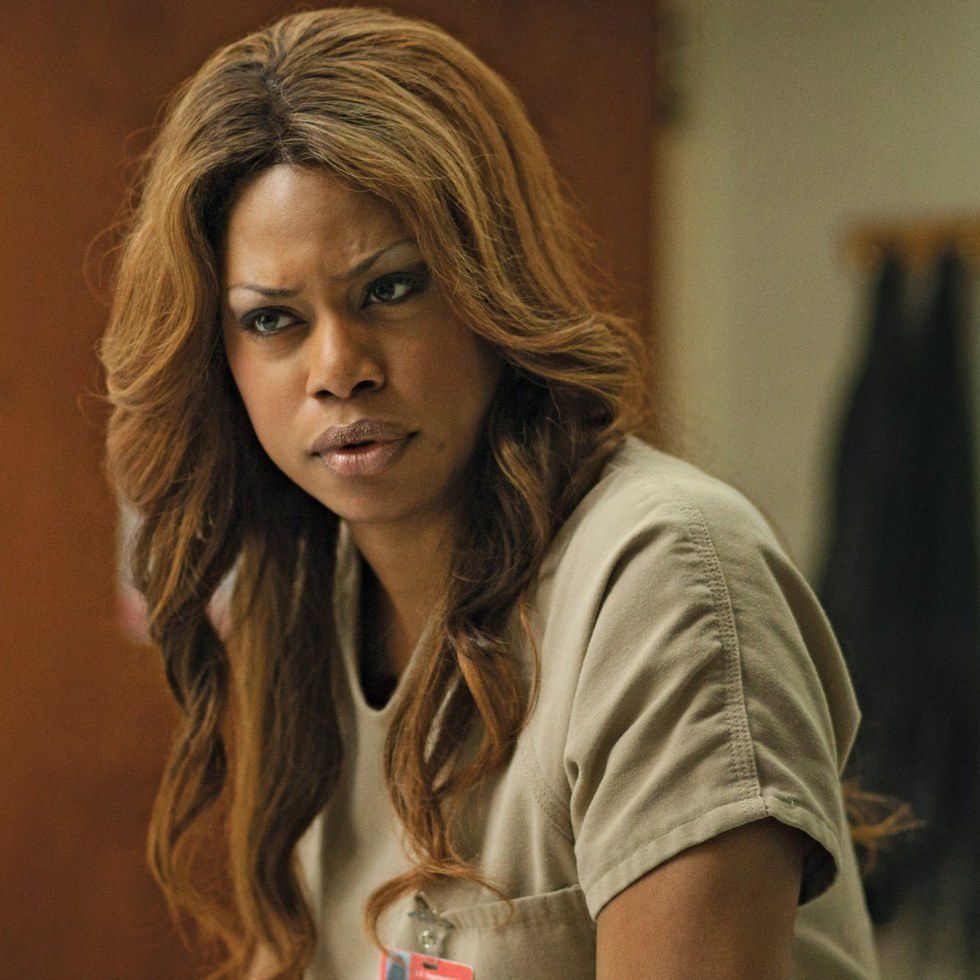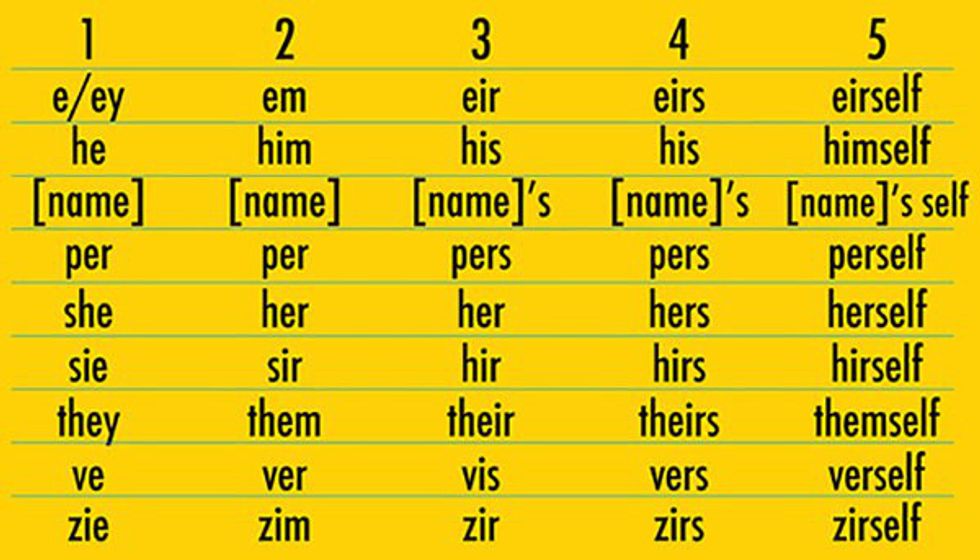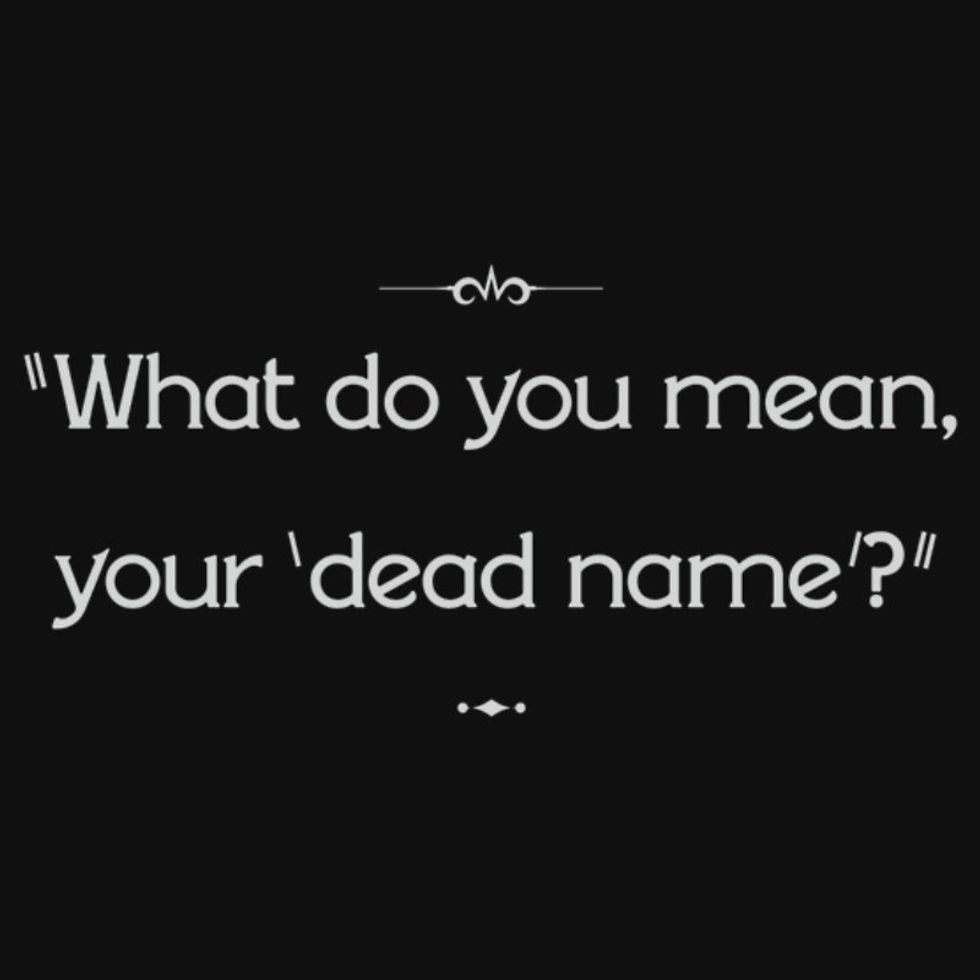Hawaiʻi has officially eased its quarantine restrictions to trans-Pacific tourists as long as they provide a negative COVID-19 test 72 hours within their arrival. With this proof of a negative test, visitors' fourteen day quarantine will be waived. While it is beneficial for our economy, residents are already feeling the negative effects of the influx of tourists. Ko Olina has already attempted to ban residents from its lagoons to prepare for hotel guests. Residents have barely started getting freedoms from the lockdown, but with the influx of tourists, it's as if we never left lockdown.
Travelers didn't even leave the airport yet and they're already not following COVID-19 guidelines.
Governor Ige and Lieutenant Governor Josh Green held a press conference in the airport about the launch of the new travel program. However, the first thing I noticed was the lack of social distancing of the travelers in the background. The airport was packed with lines of people trying to get out. As airport photos were released to the public, another major thing I noticed was that many travelers photographed did not correctly wear their masks. Many of them had their masks just covering their chins, had noses exposed, or didn't even wear masks at all. I understand getting off a long flight can be exhausting, but not exhausting enough to risk yourself and everyone around you by misusing your mask.
On the first weekend of this new program, roughly 18,000 people have flown into the state.
The airports were filled with long lines that lasted a few hours just to leave the airport after they landed. While it's great that the state is screening each traveler to make sure they are COVID-19 negative, seeing the influx of travelers is disheartening.
It is disheartening to see so many people eager to jump at the opportunity to come to a struggling community just for their own enjoyment and vacation. Residents aren't gatekeeping Hawaiʻi, they are upset because of tourists' blatant disregard for them.
Hawaiʻi struggles to keep COVID-19 numbers down, however the economy was deemed more important than the community. So the state proceeded with its travel plan to stimulate that economy with tourists. For months, the state's residents were in a lockdown and had nothing. They weren't even allowed to go to beaches, go on hikes, bring their kids to the park, go in public spaces, and many businesses were closed due to the pandemic. However right when we reached some semblance of normalcy, the beaches and parks reopened and COVID-19 cases were seemingly plateauing, the state reopened to tourists. Now everything we got back will most likely be taken away again and we won't get any normalcy any time soon.
Even marine life has thrived without tourism.
With less people in the ocean, reefs have started to restore themselves. Hanauma Bay has seen more fish closer to its shoreline and even monk seals are appearing more frequently without human disturbance. Hawaiian sea turtles have even made their nests on the sands of nearby beaches which has not happened in decades.
There are no other states having to reopen to stimulate its economy, so why must Hawaiʻi have to invite tourists back just to survive?
The state is too reliant on tourism. Many people here are employed with jobs that relate to tourism, so without it, a lot of people were out of a job. If there was any chance for Hawaiʻi to become self-sufficient without tourism, now was the time. It is terrible that an entire state must continue to exploit their home to tourists so that it may survive financially. Children still can't go to school and residents are still restricted to many things but the state still invited thousands of people to come and put our chance of survival at risk. This pandemic showed the real priorities and it wasn't protecting its residents. Without tourism, Hawaiʻi struggled. With tourism, Hawaii's people struggle.
Tourists cannot expect "aloha spirit" from locals, when you donʻt show it back. Locals do not owe you anything when you are coming on their land during a pandemic. Especially not a twisted version of "aloha spirit" made by tourism companies to exploit Hawaiʻi.

